Institutions of higher learning can trace their roots back to medieval times and the very first institutions to use the term university were established in the Kingdom of Italy, then a part of the Holy Roman Empire. Most universities evolved from much older monastic or religious schools and it is often hard to date when the schools became official universities.
All of the universities on this list can be traced back to various religious institutions in their country of origin and the buildings are usually a part of larger churches, mosques, or cathedrals.
Eventually, all of these universities expanded their curriculum to include non-religious subjects and nearly all of them are still in operation today.
10. University of Coimbra
Year Founded: 1290
Location: Coimbra, Portugal
Type: Public
Current No. of Students: 23,386 (9,589 undergraduates; 13,363 postgraduates; and 2,323 doctoral students)

The University of Coimbra is the oldest institute of higher learning in Portugal and dates back to 1290. Coimbra was founded by King Dinis when he signed “Scientiae Thesaurus Mirabilis,” which was also recognized by Pope Nicholas IV.
Originally, the school was located in Lisbon, but was moved to Coimbra in 1308. However, the university moved locations several more times, especially back and forth between Lisbon and Coimbra. It finally settled in its present location in Coimbra in 1537.
For many decades, the University of Coimbra was the only university operating in Portugal. This has made the school influential in Portugal’s political and social spheres.
In more recent decades, the University of Coimbra has moved toward becoming more globally competitive and new program’s have been added to the school’s curriculum.
Did you know?
In 2013, the University of Coimbra was added to UNESCO’s World Heritage List.
9. University of Naples Federico II
Year Founded: 1224
Location: Naples, Italy
Type: Public
Current No. of Students: c.93,280
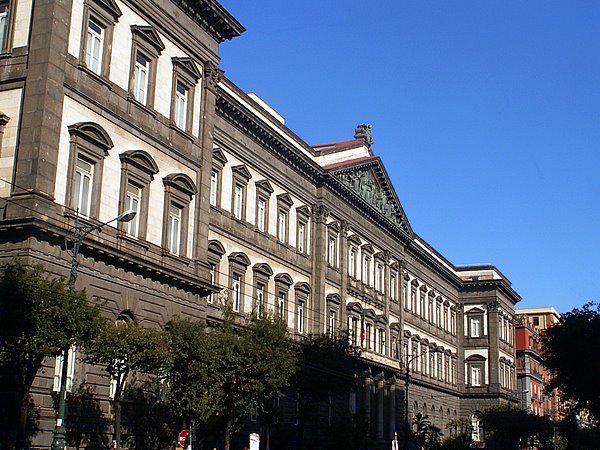
The University of Naples Federico II was established in 1224 by Frederick II of Hohenstaufen, King of Sicily and Holy Roman Emperor. According to the school’s history, the University of Naples Federico II was one the first universities founded by a head of State.
King Frederick II wanted to create an institute of learning that would rival the universities in the Bologna and Padua, which he thought were too independent or under the strong influence of the Pope.
Despite King Frederick II’s ambitious plans for the University of Naples, the school had trouble competing with other schools in the area and didn’t attract many students in its early days.
Following King Frederick II’s death, the university shut down and was re-founded by later rulers. The University of Naples Federico II has survived its tumultuous history and is one of the largest and oldest universities in Southern Italy.
Did you know?
During World War II, some of the buildings of the University of Naples Federico II were burned down by retreating German troops while other buildings were commandeered by the occupying Anglo-American forces.
8. University of Padua
Year Founded: 1222
Location: Padua, Italy
Type: Public
Current No. of Students: 59,317 (38,495 undergraduates and 20,822 postgraduates)
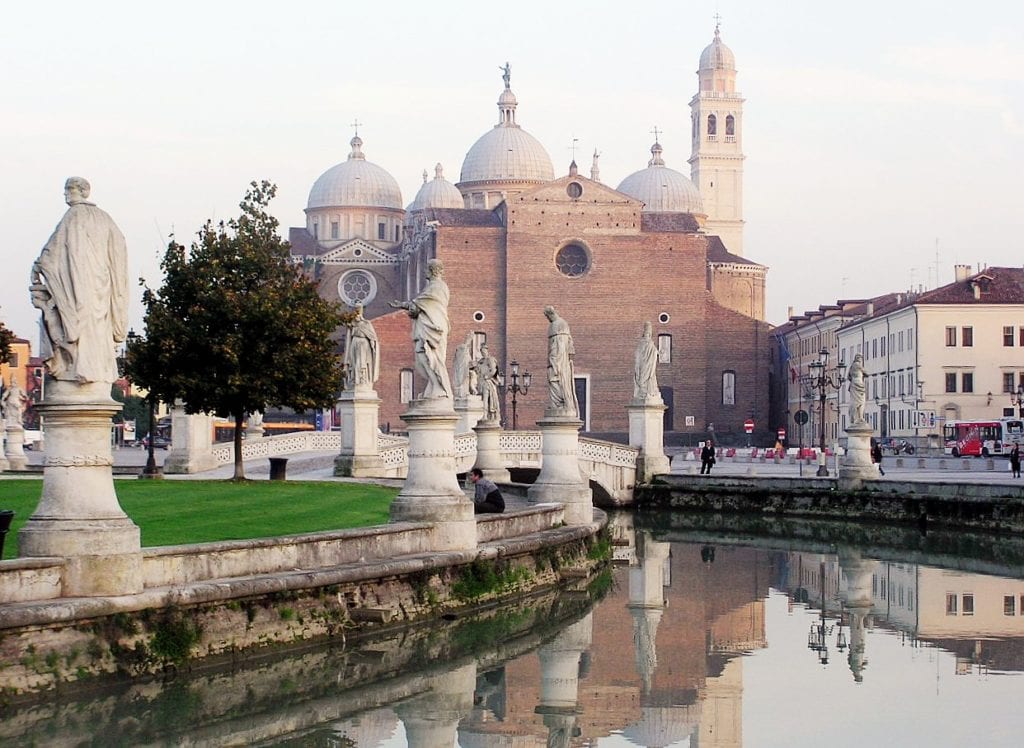
The University of Padua was founded in 1222 as a school of law and theology. Although 1222 is the first time the university was cited in a historical document, most historian believe that the school was around before that date.
The university was started when a large group of students and teachers left the University of Bologna in the pursuit of more academic freedom.
More subjects were added to the school’s curriculum and by 1399 the university had been divided into two, a “Universitas Luristarum” for civil and Canon law and a “Universitas Artistarum” for the study of astronomy, dialectic, philosophy, grammar, medicine, and rhetoric.
Did you know?
The Botanical Garden of Padova, which was established by the University of Padua in 1545, is one of the oldest botanical gardens in the world and many people believe that it is the oldest academic garden.
7. University of Cambridge
Year Founded: c.1209
Location: Cambridge, England
Type: Public research university
Current No. of Students: 24,450 (12,850 undergraduates and 11,600 postgraduates)
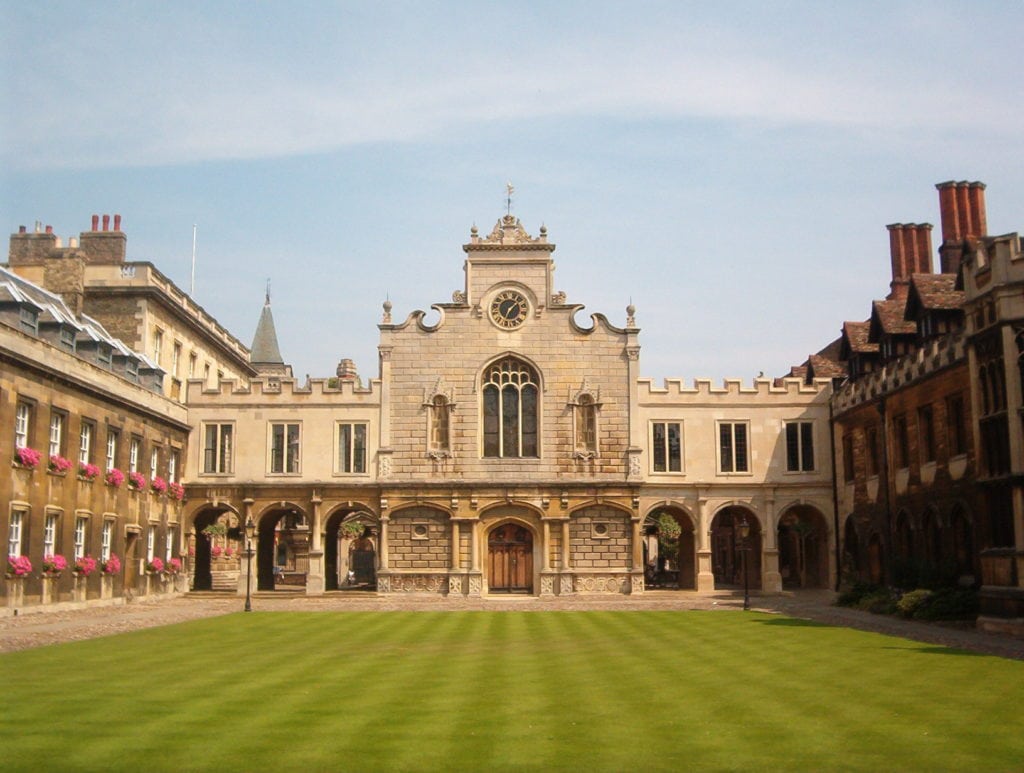
The University of Cambridge which was founded sometime around 1209 (possibly earlier) grew out of an association of scholars who fled from the University of Oxford after disputes with its townspeople. The school was granted its royal charter in 1231 from King Henry III and it is the second oldest university in the English-speaking world.
Cambridge consists of 31 constituent colleges and over 100 academic departments, which are organized into six schools.
Cambridge is currently ranked as the world’s fourth best university by three ranking tables and has produced many notable alumni including 121 Nobel laureates, 15 British Prime Ministers, and 11 Fields medalists.
Isaac Newton is one of Cambridge’s most notable students and from the time he attended the university (late 17th century) until the mid-19th century, the university had a strong emphasis on applied mathematics, particularly mathematical physics — Cambridge still maintains a its strength in mathematics.
Did you know?
As a research university, the University of Cambridge receives numerous research grants and contracts. Due to this, in 2017 the central university and colleges had combined net assets of around £11.8 billion ($15,267,607,000), the largest of any university in England.
6. University of Paris
Year Founded: c.1150
Location: Paris, France
Type: N/A
Current No. of Students: N/A
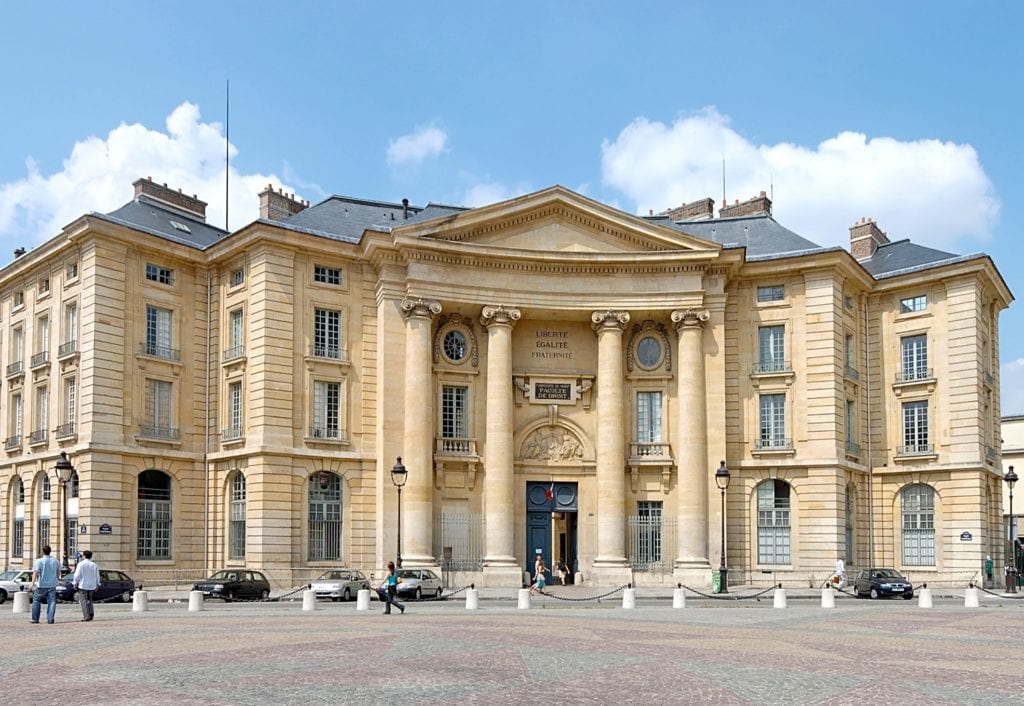
The University of Paris was founded in 1150 and operated until 1970. The school was officially chartered in 1200 by King Philip II and recognized by Pope Innocent III in 1215. The university was commonly called the Sorbonne after its theology school, which was founded in 1257 by Robert de Sorbon and chartered by Saint Louis, King of France.
After the civil unrest that occurred in France in May 1968, which was triggered by student protests at the Sorbonne, the university was split into 13 autonomous universities in 1970.
In 2010, these universities formed the Sorbonne University group and on January 1, 2018, they formed Sorbonne University, and re-opened as a re-creation of the University of Paris.
Additionally, in early 2019, a new University of Paris was formed as a result of a merger between Paris Descartes and Paris Diderot.
Did you know?
Before disbanding in 1970, the University of Paris was considered one of the world’s best school for the humanities, notably theology and philosophy, and it introduced several academic standards and traditions that are still used around the world today such as doctoral degrees and student nations.
5. University of Salamanca
Year Founded: c.1130
Location: Salamanca, Spain
Type: Public
Current No. of Students: c.28,000

The University of Salamanca is the oldest university in Spain and the third oldest university (meaning it was established as a university from the beginning instead of a different kind of learning institute) in continuous operation in the world.
Like all ancient universities, the University of Salamanca started out as a Cathedral School and was founded in 1130.
The school was granted a Royal charter of foundation in 1218 (the university counts this as its official founding date) by King Alfonso IX and was officially recognized as a “University” in 1254 by King Alfonso X. A year later, the school was chartered by Pope Alexander IV.
In 2018, the University of Salamaca celebrated its eighth centennial, based on its royal charter date of 1218.
Did you know?
During the 16th century, the University of Salamanca admitted its first female students, Beatriz Galindo and Lucía de Medrano, the latter being one of the first women to ever to give classes at a university.
4. University of Oxford
Year Founded: c.1096
Location: Oxford, England
Type: Public/private collegiate research university
Current No. of Students: c.24,515 (11,955 undergraduates and 12,010 postgraduates)
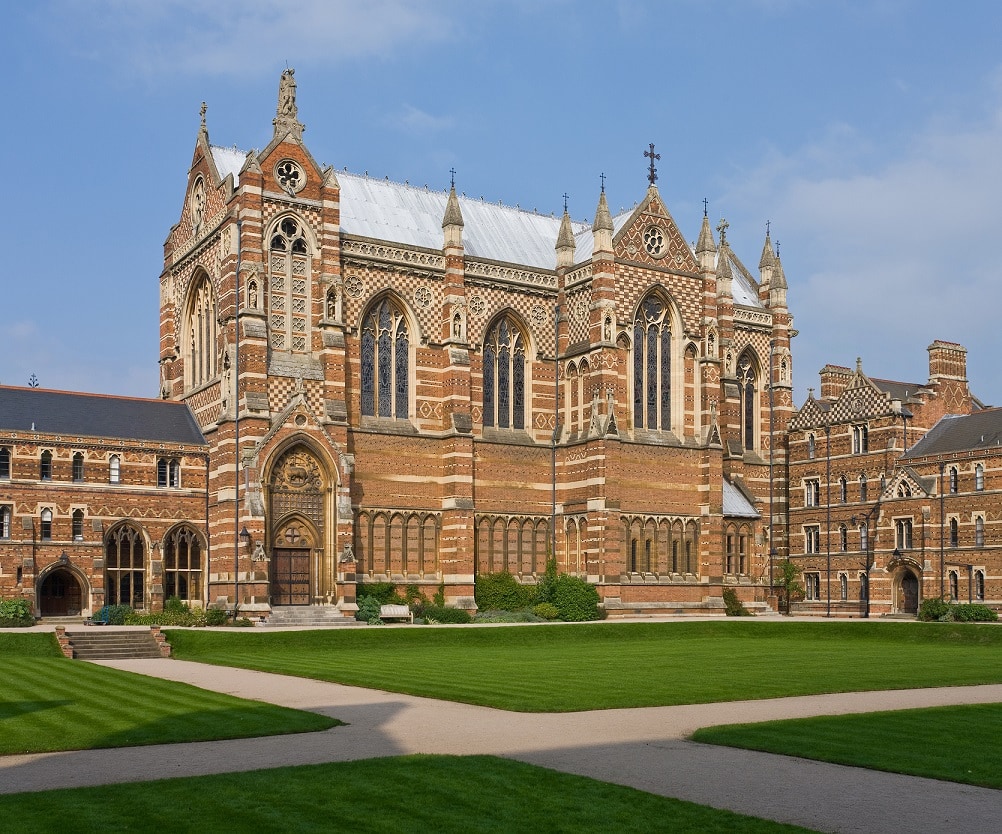
The University of Oxford or more commonly known as just Oxford is the oldest university in the English-speaking world. Although the university has no known foundation date, most historians agree that teaching at Oxford existed in some form since 1096.
Around 1167, Oxford rapidly expanded as English students returned home after Henry II banned them from attending the University of Paris.
Several students fled from Oxford in 1209 after disputes with the townspeople and went to Cambridge where there formed the University of Cambridge — the two universities are often called “Oxbridge”.
Oxford has stood the test of time and is a widely recognized and prestigious university. The University of Oxford has produced many notable alumni including 28 Nobel laureates and 27 Prime Ministers of the United Kingdom.
Did you know?
The University of Oxford is home to numerous scholarships, including the Rhodes Scholarship, which was established in 1902, making it the first large-scale international graduate scholarship program.
3. University of Bologna
Year Founded: 1088
Location: Bologna, Italy
Type: Public
Current No. of Students: 87,590 (47,253 undergraduates and 36,266 postgraduates)

Although there are a few older universities, the University of Bologna is widely considered the oldest university in continuous operation because it was founded as a university as we know it today from the very start. Additionally, the University of Bologna was the first place of study to use the term “universitas.”
The university was also the first to adopt the phrase “Alma mater” (Latin for “nourishing mother,” which alludes to the fact that schools provide intellectual nourishment to students) into academic usage as the school’s motto is “Alma Mater Studiorum”.
The University of Bologna received its charter in 1158, but a committee of 19th century historians traced the university’s founding to 1088. While the university’s main campus is in Bologna, it has other campuses in Ravenna, Forli, Cesena, and Rimini (all in Italy) and an international branch center in Buenos Aires.
Did you know?
According to legend, a woman named Bettisia Gozzadini taught at the University of Bologna between the 12th and 13th centuries, a time when women weren’t often educated at all. Gozzadini’s classes were so popular that they took place in public squares instead of classrooms to accommodate the number of students.
2. Al-Azhar University
Year Founded: c. 972 CE
Location: Cairo, Egpyt
Type: Public
Current No. of Students: c.2 million

Although Al-Azhar University did not officially receive its university status until 1961, it was established sometime around 972 CE as a minor university whose purpose was to spread Shiite teaching in Egypt (also known as a madrasa).
However, Al-Azhar has been affiliated with the Sunni religion since the second half of the the 12th century. In fact, Al-Azhar University is considered to be one the most influential university of the Sunni Islamic world.
Al-Azhar is one of the only universities in the Arabic world to survive as a modern university and today it is the main centre of Arabic literature and Islamic learning in the world. Eventually, the university added non-religious subjects, such as medicine and engineering, to its curriculum in 1961 and was granted university status.
Did you know?
While Al-Azhar University’s primary goal is to propagate Islam and Islamic culture, non-religious subjects were added to the school’s curriculum in 1961.
1. University of Al-Qarawiyyin
Year Founded: 859 CE
Location: Fez, Morocco
Type: State university
Current No. of Students: c.8,120

The University of Al-Qarawiyyin, sometimes spelled Al-Karaouine, traces its history all the way back to 859 CE, making it the oldest university in the world and over 1162 years old.
The school was founded as a madrasa — a school primarily for the study of the Islamic religion, but other subjects are taught as well — by Fatima al-Fihri, the daughter of a wealthy merchant named Mohammed Al-Fihri.
Both Fatima and her sister Miriam were educated and Fatima decided to spend her large inheritance to build a mosque for her community in Fez (the university is located inside of the mosque).
Throughout its history, Al-Qarawiyyin has had the patronage of politically powerful sultans. Due to their generosity, the university has amassed a large collection of manuscripts and books.
While Al-Qarawiyyin has always been an institute of higher learning, it did not officially become a university until 1965.
Did you know?
While some people may disagree due to its history as a madrasa, the University of Al-Qarawiyyin is considered the world’s oldest existing, continuously operating institute of higher education by both UNESCO and Guinness World Records.
OTHER POSTS YOU MAY BE INTERESTED IN












Oldest Grammar school in Scotland. Lanark Grammar school, Lanark, Lanarkshire, Scotland Founded 1183.